Apricot Sibiryak Baikalova: all about growing varieties
Apricots - rather unpretentious plants that can grow without much care, while bringing tasty and healthy fruits. But this tree has one drawback - it does not tolerate frost well. But the inhabitants of the northern regions also want to eat apricots grown in their garden. Siberian scientists have bred several varieties adapted to the conditions of the north. One of them is Sibiryak Baikalov's apricot.
Content:
Features of the variety
The Sibiryak Baikalova variety was bred in the late 70s of the last century. Its creator, I.L. Baikalov, has been working on new varieties for Siberia and the northern regions for over 40 years. The variety is obtained from an unknown Far Eastern variety of apricot.
Features of the structure:
- The apricot tree of the Sibiryak Baikalova variety grows low, up to 3.5 m. The crown is wide, spreading, not very dense. The shape of the crown is evidenced by the fact that its width is usually greater than its height. It reaches 4 m in diameter.
- Young shoots are straight, strong, have a reddish tint. They are covered with ovoid matte leaves of the usual apricot shape.
- The variety begins to bear its first fruits already in the third year after planting in a permanent place. Flower buds are formed on 2 = 3 year old branches, several in a bouquet. On annual shoots there are 3 buds, of which the middle one is leafy, the other two are flower buds. Apricot Baikalov blooms with white flowers with a pink tint of medium size.
- The fruits are slightly elongated and pubescent. The weight of one fruit is 27-35 g. The color of the skin is orange, from the side where the sun's rays fall on the fruit, a slight blush is formed. The pulp of the apricot is fleshy, sweet, tasty. Experts estimate it at 4.8 points out of 5 possible. The color of the pulp is also orange. The bone is easily detached. The kernel is edible, not bitter. They begin to ripen at the end of July. The fruits removed from the tree can be stored for half a month.
Apricot Sibiryak Baikalova gives few fruits without a third-party pollinator. Therefore, another apricot variety must be planted nearby. The northern varieties Abakan and Sayansky can be good pollinators for it. When using a pollinator, 16-25 kg of fruit can be harvested from one adult tree. The yield largely depends on the weather conditions. It is influenced by the number of flower buds formed in summer (early June), the presence of prolonged thaws in spring, which can lead to freezing of awakened buds, the temperature and amount of precipitation during the period of fruit development.
Apricot Sibiryak Baikalov has a short period of winter dormancy.
Therefore, its flower buds can sometimes freeze if they begin to bloom during the spring thaw. But the tree itself, its bark and wood, have a high frost resistance. It can withstand temperatures as low as -40 ° C. Shoots that are frozen over quickly recover. The tree blooms in mid-May.
The Sibiryak Baikalov variety, as its name implies, is designed specifically for the conditions of the northern regions, including Western and Eastern Siberia, and the Urals. Its disadvantage is the tendency to damp out. This can happen when there is a lot of snow in the winter. Especially if the snow cover sets in early. In winters with little snow, this phenomenon is not observed.
Buying and planting a seedling
You can get a new tree of the variety by grafting a stalk of the variety onto a frost-resistant seedling. For this, Siberian or Manchu apricots are suitable. If you use other cultivars, then their root system will die in the first winter or after it begins to bear fruit. Therefore, gardeners who do not practice inoculation, but buy seedlings, you need to be careful. You need to buy only from trusted gardeners or from specialized farms with a good reputation.
Gardeners in the southern regions are trying to plant trees in the fall.
Then by the frost they will have time to take root, and in the spring I will begin to develop earlier. They are less likely to die from drought. But this is not the case in the northern regions, including in Eastern Siberia. Apricot seedlings planted in the fall almost always die. Planting with a closed root system does not help either.
Therefore, seedlings bought in the fall are buried in the cellar or on the site for the winter. In the spring they are taken out and planted in pits prepared in advance. But here, too, you need to take into account some features of the soil.
Landing rules and features:
- In the chernozem regions, a hole 60 cm deep is dug for planting apricots. But for the north, where the layer of nutrient soil can be about 25 cm, and then there is a layer of clay, this method is not suitable.
- The pit can be filled with a nutrient mixture, add humus, mineral fertilizers.
- The plant will develop by building up the root system. But if it rains heavily, it will be surrounded by clay, which does not allow water to pass through. As a result of its stagnation, the root system will fester, the apricot will die. Gardeners have long figured out how to get around this problem. They plant trees in a specially made mound. The height of the hill directly depends on the amount of snow, which usually falls in winter. The larger it is, the higher the hill should be. Protecting the roots from freezing, they make it flat. In areas with waterlogged soil, in addition, it is necessary to arrange drainage to the level of clay.
- They are looking for a site protected from the northerly winds. If the apricot is planted on a natural slope, then the highest place is chosen. They are not planted in lowlands, where, in addition to moisture, cold air often accumulates. On the contrary, during a thaw, the air warms up quickly. Therefore, in such places, temperature differences are higher, which can lead to damping out of the roots and damage to the kidneys.
- The apricot planting site should be sunny. It will grow and develop better, and the quality of the fruit will be higher than in the shade.
- You can not plant apricot trees Sibiryak Baikalova close to each other y. The distance between trees must be at least 4 m.
- Do not bring fresh manure into the pit. This does not happen if the soil is prepared in advance. Then the manure has time to overheat and turn into nutritious humus.
Apricot care
How to properly care for an apricot:
- After planting, the tree should be watered regularly during dry weather. In subsequent years, you may also need watering... Up to 40 buckets of water are brought under an adult tree at a time. Usually, watering is carried out 2 weeks before fruit ripening during the summer drought. This will help the plant prepare for the rains that often start pouring down during the harvest season. Such watering will avoid cracking of the fruit, which often happens in most Siberian varieties. Do not water the apricot in the second half of summer. This can lead to abundant growth and poor maturation of the shoots. The only exception can be a period of drought.
- The soil around the apricot mulch... This will help avoid drying out. root system... The soil is loosened around the tree, weeds are removed so that they do not drown the tree.
- It is not necessary to apply fertilizers before the beginning of fruiting. There could be more harm from them. Than the benefit. During this period, the plant will have enough nutrients laid down during planting.
- In the fall, the tree trunk must be protected from rodents and frost.They wrap it up with natural fabric (you can use burlap), close to the frost they cover it with spruce branches. This will protect the branches and trunk from frost damage. In the spring, the shelter must be removed in time. The fabric can be left on the trunk until the leaves open. It will protect the delicate apricot cola from sunburn. For older trees, the trunk is treated with lime for this purpose. It not only protects from the bright sun, but also helps to destroy pests and fungal spores that winter on the tree trunk. To do this, copper sulfate is added to the slaked lime solution.
- Sibiryak Baikalov's apricot pruning should be done very carefully and only if absolutely necessary. Branches are not cut out at all on the ring. Indeed, in Siberia, pruning wounds do not heal, and various pathogens and pests enter through them. The crown of the tree is not thickened, so summer pruning is usually sufficient. It is less traumatic than the spring one. The tree is not pruned in the fall.
Diseases and pests
The main diseases of the apricot Sibiryak Baikalov are moniliosis, fruit rot, perforated spotting. Apricot fruits Sibiryak Baikalov can be damaged by the moth. The fight against it must be carried out all year round, combined with measures to combat diseases.
In the fall, when most of the leaves fall off, the entire crown is treated with a carbamide solution. Then remove the remaining dried apricots from the tree. Before the onset of frost, all the foliage under the tree is removed and sent to the compost pit. Dig up the soil in the trunk circle using a pitchfork. Before that, you can scatter under the tree mineral or organic fertilizers.
The dug up soil can be once again treated with a solution of higher concentration of carbamide.
700 g of urea is taken into a bucket of water. This mixture should not get on the tree. In the spring, before bud break, the crown of the tree is sprayed with 3% Bordeaux mixture... In the pink bud stage, they are treated with Scorum or Bordeaux liquid of a lower concentration (1%) so as not to burn the leaves and flowers. Re-process after 10 days. The number of treatments is up to four. The latter should be carried out 20 days before harvest.
More information can be found in the video:



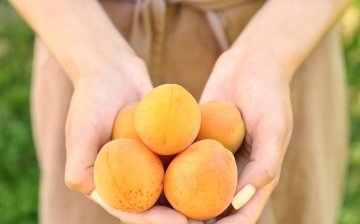


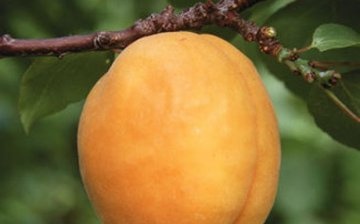
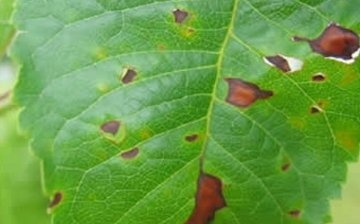





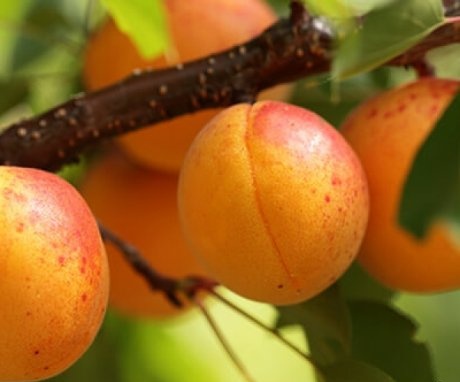
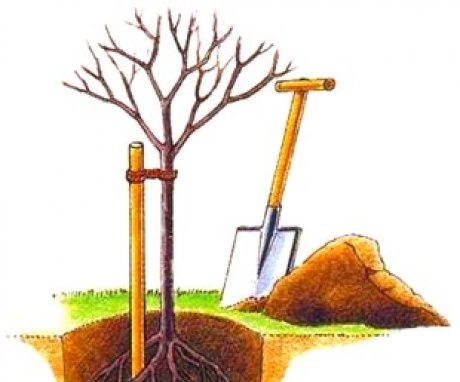
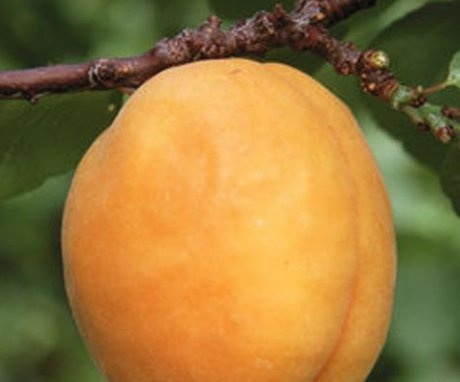
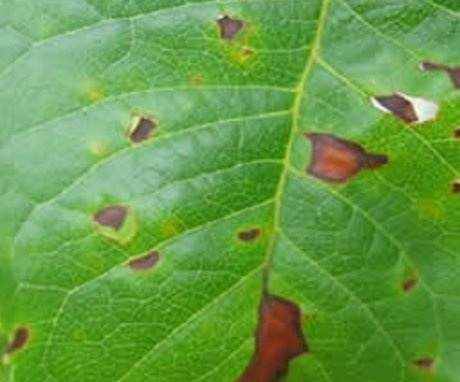
So that the apricot can withstand frosts down to -40 degrees. C is something beyond my understanding. Why, then, in the middle lane, apricots do not grow, but freeze out, after all, the variety was bred in the 70s? Apparently, not everything is so simple and for southern fruits you need not only warmth, but also a long daylight hours, as well as sunlight.